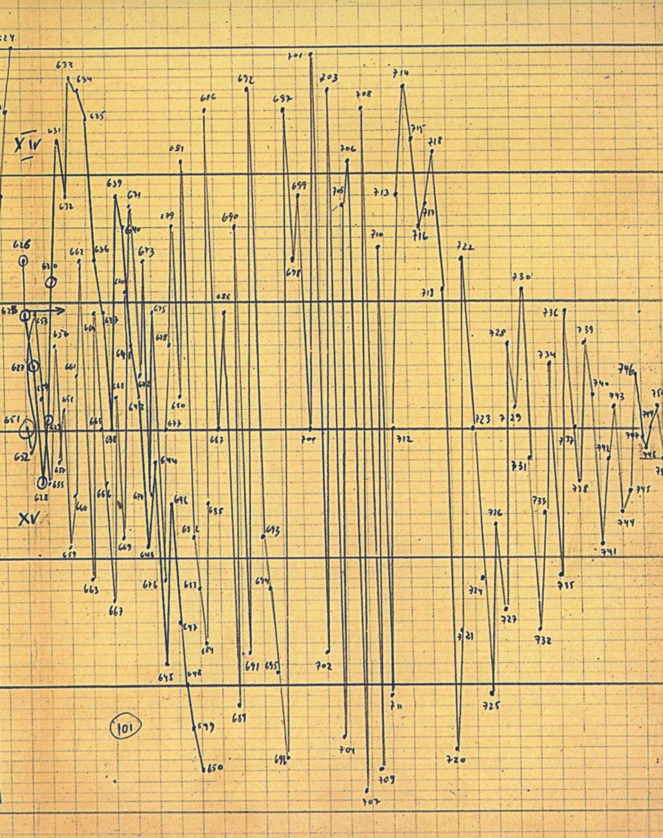|
| Karlheinz Stockhausen, 1928-2007 Gesang der Jünglinge. Elektronische Musik Faksimile-Edition 2001. 1955-1956. Werk Nr.8 Songs of the Youths. Electronic Music - 1955-1956 Kürten, 2001. 4°, 308 pp. $360 |
| 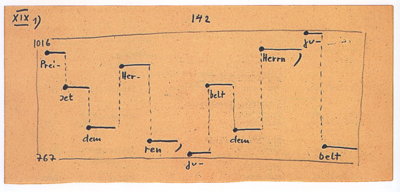 |
| | | 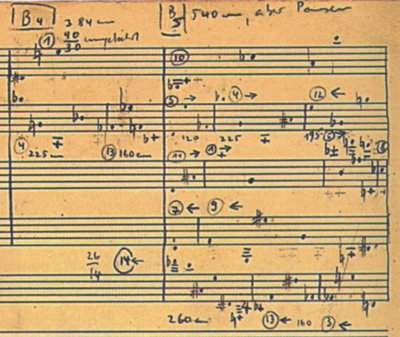 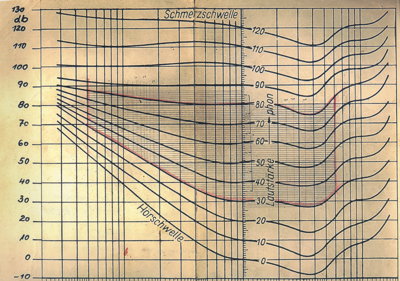 |
|
|
| 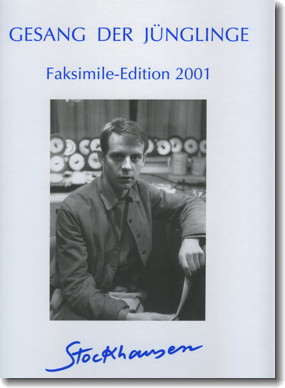 |
| Gesang der Jünglinge or "Song of the Youths" is often cited as the the first masterpiece of electronic music. A product of Stockhausen's early mature years (after studies at the Hochschule für Musik Köln, classes with Frank Martin and private studies in Paris with Messiaen and Milhaud), this iconic piece was realized in 1955–56 at the Westdeutscher Rundfunk Studio in Cologne just recently established by Herbert Eimert. The work comes from a period of absorption with phonics, acoustics, and information theory. The autograph "score" reproduced here in full color and which includes numerous “sketches”, is like no other document in the history of music; it consists of a wide variety carefully drawn charts and graphs (including the traditional pentagram). It integrates electronic sounds with the human voice by means of matching voice resonances with pitch and creating sounds of phonemes electronically. Commentators credit Stockhausen with bringing together for the first time ever the two opposing worlds of the purely German "elektronische Musik" and the French "musique concrète", which transforms recordings of acoustical events. Using synthesizer, mixer and tape recorders it was originally mastered in five-channel sound (later reduced to four channels) and included a spatial component. | |
|
| It has been pointed out that Gesange der Jünglinge is a piece of total serialism, serializing pitch, duration, dynamics and timbre of every electronic and vocal event. The idea behind the composition is a Mass for electronic sounds and voices and according to the composer's biographer, Stockhausen regarded this mass as a sacred work, written from personal conviction (both of Stockhausen's parent had tragic ends). Although it was never permitted to be performed in the Cologne Cathedral because of the prohibition of necessary loudspeakers, that was apparently Stockhausen's original intended venue. According to Decroupet and Ungeheuer there are 3 basic types of material used: 1) the recorded voice of a boy soprano, 2) electronically generated sine tones, 3) electronically generated pulses (clicks); each of these may be composed along a scale running from discrete events to massed "complexes" structured statistically. The last category occurs in Stockhausen's electronic music for the first time in Gesang der Jünglinge, and originates in the course of studies Stockhausen took between 1954 and 1956 with Werner Meyer-Eppler at the University of Bonn. The text of Gesang der Jünglinge is from a Biblical story in The Book of Daniel where Nebuchadnezzar throws Shadrach, Meshach, and Abednego into a fiery furnace but miraculously they are unharmed and begin to sing praises to God. This text is presented in a carefully devised scale of seven degrees of comprehensibility, an idea which also came from Werner Meyer-Eppler's seminar. Hardbound with photo of Stockhausen on the cover. |
|
distributed by:
OMI - Old Manuscripts & Incunabula PO Box 6019 FDR Station, New York NY 10150
tel/fax 212/ 758-1946 • http://www.omifacsimiles.com • immels@earthlink.net
tel/fax 212/ 758-1946 • http://www.omifacsimiles.com • immels@earthlink.net
